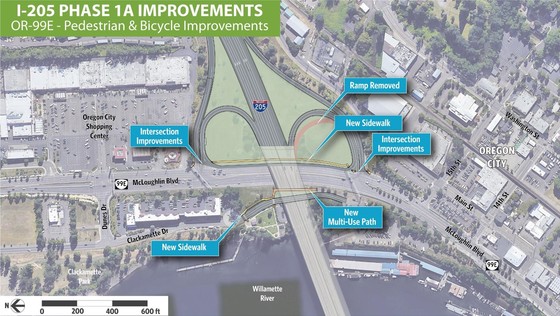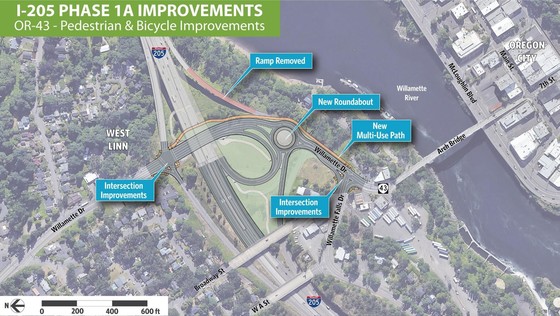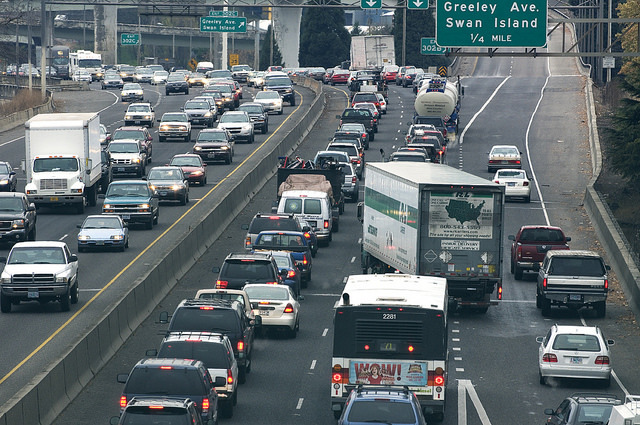 Oregon City illustration of I-205 area improvements planned for people walking or rolling.
 West Linn illustration of I-205 area improvements planned for people walking or rolling.
Improvements on the I-205 project will provide more travel options for people walking, biking and rolling to Oregon City and West Linn. Learn more about how we're making it easier to travel into these communities by foot or wheel.

It’s Women’s History Month, and ODOT’s Urban Mobility Office is spotlighting the women leading the I-205 Toll Project and the Regional Mobility Pricing Project and the work they do to help Oregon communities thrive.
“Women play a variety of roles either in community or family. They may access transportation and have transportation needs that are different. If you don’t have them around the table, you miss a lot,” said Mandy Putney, ODOT Strategic Initiatives director managing the I-205 National Environmental Policy Act Toll Project. Learn more about how these leaders are developing an equitable toll program.
 New auxiliary lanes and full shoulders will make the I-5 Rose Quarter area safer.
If you're like most travelers, you probably dread driving through the Rose Quarter area on I-5. Morning and afternoon peak commute times blend into mid-day, resulting in 12 hours of daily congestion – making it the state's worst bottleneck area, and nationally, one of the worst freight corridors. Crash rates are also 3.5 times higher than the statewide average on the I-5 Rose Quarter between I-84 and I-405 where three interstates intersect.
Learn how the I-5 Rose Quarter Improvement Project will make travel more predictable and safer by adding new auxiliary lanes and full shoulders to smooth traffic flow.
Learn how we’re evolving to build a modern transportation system
based on sufficient funding and equity. www.oregon.gov/odot/Pages/SAP
|